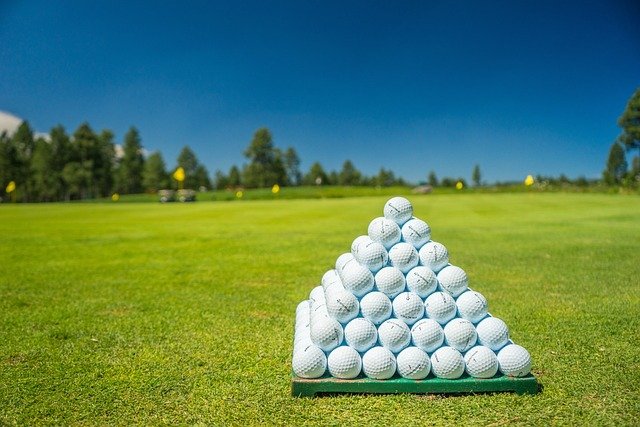Breaking Barriers: The Emergence of Mixed Martial Arts in Mainstream Sports
Mixed Martial Arts (MMA) is arguably one of the fastest-growing sports in the world today. Known for its rawness, intensity, and unpredictability, MMA has managed to capture the hearts of millions of fans around the globe. This article will explore the extraordinary rise of MMA from obscurity to mainstream acceptance, the evolution of its techniques, and its impact on modern sports culture.

1. Humble Beginnings: The Birth of MMA
Mixed Martial Arts, as we know it today, wasn’t always popular. Its roots trace back to ancient times when Greek pankration, a blend of wrestling and boxing, was a feature in the Olympic Games. However, the modern concept of MMA emerged in the early 20th century with the advent of Brazilian Jiu-Jitsu. These early days were marked by matches pitting practitioners of different martial arts against each other. It was a time of experimental combat, with fighters seeking to prove the superiority of their discipline over others.
2. Finding Its Footing: The Formative Years of MMA
The founding of the Ultimate Fighting Championship (UFC) in 1993 marked a significant shift in the landscape of MMA. Initially promoted as a no-holds-barred fighting event, the UFC was a platform for fighters of various disciplines to test their mettle. However, the lack of rules and safety measures led to criticism and eventual legal troubles. Despite these hurdles, the UFC persevered, introducing rules and weight classes that transformed the once brutal spectacle into a more regulated sport.
3. A Global Phenomenon: The Rise of MMA Popularity
The 21st century witnessed the explosive growth of MMA, with organizations like the UFC becoming household names. This era saw the emergence of transcendent fighters like Anderson Silva, Conor McGregor, and Ronda Rousey, who not only dominated their respective weight classes but also became cultural icons. The popularity of MMA also led to the development of new training methodologies, blending various martial arts styles into comprehensive fighting systems.
4. The Science of Combat: Evolution of MMA Techniques
As MMA grew, so did the sophistication of its techniques. Fighters began to realize the importance of being well-rounded, mastering not just striking or grappling, but both. This led to the evolution of training methods, focusing on strength, conditioning, and skill development across multiple disciplines. Today, MMA fighters are some of the most well-conditioned and versatile athletes in the world.
5. Impact on Sports Culture: MMA and Beyond
MMA’s rise to mainstream acceptance has had a profound impact on sports culture. It has challenged traditional notions of combat sports, pushing boundaries with its hybrid nature. MMA’s popularity has also led to an increased interest in martial arts worldwide, leading to the growth of gyms and training centers catering to this demand. Moreover, it has inspired a new generation of athletes who see the sport as a viable career path.
In conclusion, the story of Mixed Martial Arts is one of resilience, evolution, and revolution. From its early days of unsanctioned fights to its current status as a mainstream sport, MMA has truly come a long way. Its growth story serves as a testament to the power of innovation, adaptability, and the enduring appeal of the human spirit’s competitive nature.



